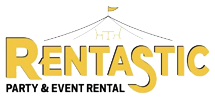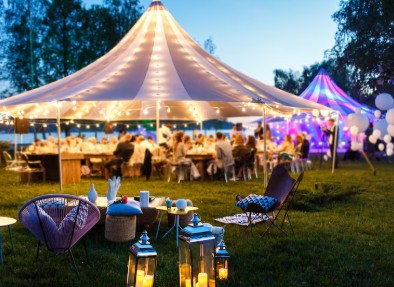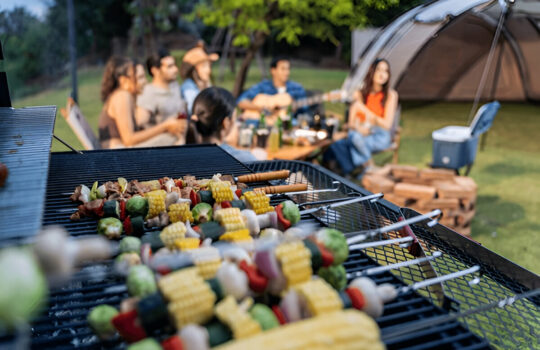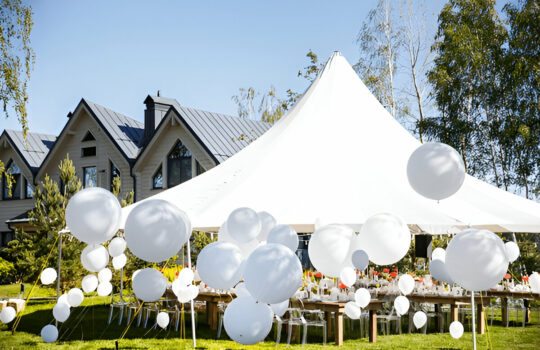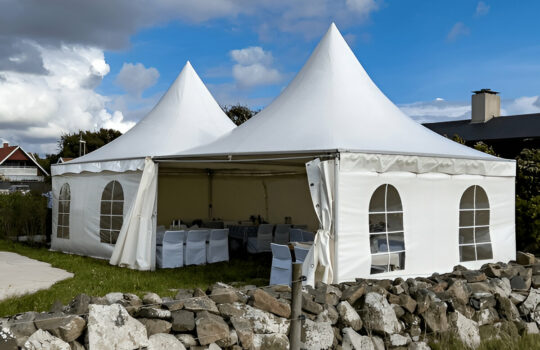Tent Rentals for Festivals: Crafting the Ultimate Experience
November 11, 2024 2024-11-25 8:44Tent Rentals for Festivals: Crafting the Ultimate Experience
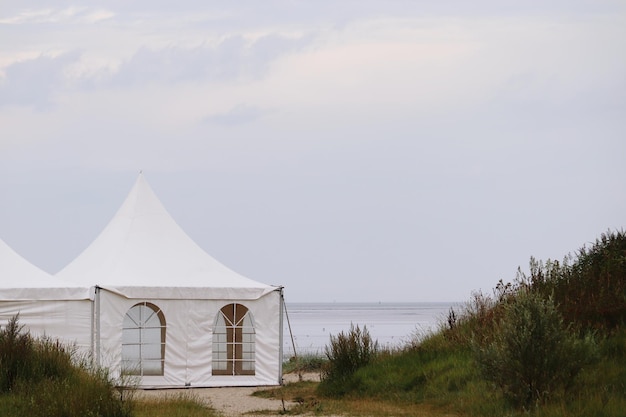
Tent Rentals for Festivals: Crafting the Ultimate Experience
Explore tent rentals for festivals: crafting the ultimate experience with comfort, safety, and style in NY.
Planning for a Successful Festival
Planning a successful festival requires careful consideration of various factors, ensuring that both the venue and the attendees’ needs are fully addressed. By focusing on these aspects, organizers can create a memorable experience that attracts guests year after year.
Understanding Venue Requirements
Choosing the right venue is paramount for any festival. Venues vary greatly in size and layout, which influences the type of tent rentals that will be appropriate. Festivals tend to attract large crowds, so it is essential to select a location that not only accommodates the anticipated number of guests but also has access to necessary amenities and safety measures.
Event tents come in a variety of sizes to fit different scales of festivals, from intimate gatherings to larger public festivals. For instance, large festival tents provide ample space, allowing for the organization of areas such as dining, entertainment, and relaxation for attendees. Below is a table showcasing various tent sizes and their potential capacities:
| Tent Size | Capacity (Guests) |
|---|---|
| 20×20 feet | 40 |
| 20×40 feet | 80 |
| 30×30 feet | 90 |
| 40×60 feet | 150 |
| 60×120 feet | 300 |
Selecting the right tent size for the venue helps in avoiding overcrowding or underutilization of space. It is vital to also consider limitations such as electrical access and parking arrangements for attendees. Event organizers should refer to guidelines in articles such as why tent rentals are essential for festivals and markets to gain further knowledge.
Catering to Attendees’ Needs
Ensuring a comfortable experience for festival-goers is a fundamental aspect of successful event planning. This includes providing adequate seating, shade, and amenities that cater to the needs of attendees.
Festival tent packages often come with a range of options including tables, chairs, linens, and lighting, contributing to a comprehensive setup. Furthermore, incorporating facilities such as food stalls, restrooms, and first-aid stations is vital. Festivals draw many guests at once, which increases the need for essential safety measures, including a designated first-aid tent accompanied by safety equipment.
Attendees appreciate customizable features and amenities, so offering choices can greatly enhance their enjoyment. It is beneficial to provide information about these options on promotional materials to entice potential visitors and ensure they are aware of what to expect at the festival. This can also facilitate a seamless flow of attendees throughout the event, promoting a comfortable and engaging experience.
By addressing both venue requirements and attendees’ needs, festival planners can establish a strong foundation for crafting an ultimate festival experience. For various insights on event types, it may be worthwhile to explore information on tent rentals for farm weddings: rustic elegance outdoors and best tent rental ideas for sports events.
Tent Rental Considerations
Tent rentals play a crucial role in ensuring the success of festivals. They provide not only shade and shelter but also a functional and aesthetic element to the event. When planning tent rentals for festivals, it’s important to consider the various sizes and types of tents available, as well as any additional equipment that may enhance the festival experience.
Tent Sizes and Varieties
Festival tent rentals come in various shapes, sizes, and colors, catering to different event needs and themes. Tents can be used for a variety of purposes such as dining areas, registration tents, vendor stations, and entertainment stages [1]. The following table summarizes some of the common tent sizes and their applications:
| Tent Size | Purpose | Capacity |
|---|---|---|
| 10′ x 10′ | Vendor station | 1-2 people |
| 20′ x 20′ | Registration | 4-8 people |
| 30′ x 30′ | Dining tent | 20-30 people |
| 40′ x 60′ | Large gatherings | 100-150 people |
| 60′ x 120′ | Major events (concerts, festivals) | 300+ people |
Dining tents, commonly the largest at festivals, provide covered spaces for guests to eat and socialize comfortably. These tents, which include high peak and frame variations, are designed to accommodate large areas and are often part of pre-assembled packages [1].
Additional Equipment for Festivals
In addition to the tents themselves, festival packages often include a range of amenities that can enhance the attendee experience. These packages can be customized based on the space available and budget constraints. Some common features included in tent rental packages are:
- Tables and Chairs: Essential for dining and relaxed seating arrangements.
- Linens: Adds an aesthetic touch to the event and can be color-coordinated with the theme.
- Lighting and Decorations: Enhances ambiance and improves visibility as the sun goes down.
- Sidewalls: Provides protection from wind and rain, creating a more comfortable environment.
- Tent Heating/Cooling Solutions: Essential for temperature regulation, ensuring guests remain comfortable regardless of weather conditions.
These elements are not just accessories; they contribute significantly to the overall experience attendees will have. Proper planning and selection of the right tents and equipment can set the stage for a memorable festival. For further information on the importance of tent rentals, refer to our article on why tent rentals are essential for festivals and markets.
Ensuring Safety and Comfort
Creating a safe and comfortable environment at festivals is essential for an enjoyable experience. This section focuses on effective crowd control measures and temperature regulation solutions to enhance attendee safety and comfort.
Crowd Control Measures
Managing crowd control efficiently is critical for festivals. It ensures the safety of both performers and attendees. One effective approach is to utilize fences, barriers, and other crowd management equipment. Companies like Classic Tent & Party Rental offer these tools to create designated areas, minimizing the risk of overcrowding.
| Crowd Control Equipment | Purpose |
|---|---|
| Fences | Define boundaries and secure areas |
| Barriers | Guide foot traffic and protect performers |
| Signage | Direct attendees to various festival zones |
Incorporating these measures helps prevent chaos and maintains order, allowing everyone to enjoy the festivities.
Temperature Regulation Solutions
Managing temperature is another vital aspect of ensuring safety and comfort at outdoor festivals. Tent rentals can include features that help regulate on-site conditions. Options include:
- Air Conditioning Units: Providing cooling solutions within large tents can help reduce heat buildup, especially during summer events.
- Fans: Strategically placed fans can create airflow, making it more comfortable for attendees.
- Heating Units: For cooler months, portable heaters can maintain a warm atmosphere inside tents.
| Temperature Regulation Method | Description |
|---|---|
| Air Conditioning | Cools the air and reduces humidity |
| Fans | Increases airflow to keep guests comfortable |
| Heaters | Provides warmth during colder events |
Utilizing these solutions allows festivals to create a comfortable environment, encouraging attendees to stay longer and enjoy the event. For more insights into the importance of tent rentals, check out our article on why tent rentals are essential for festivals and markets.
Logistics and Operations Management
The logistics and operations management of a festival are crucial to its success. This involves managing the delivery and setup of rented equipment as well as coordinating with artists and vendors to ensure a seamless experience for attendees.
Rental Delivery and Setup
Efficient delivery and setup of rental equipment, including tents, are essential for any festival. Tent rental companies must coordinate the logistics of transporting the tents to the venue and ensuring they are installed properly. Factors to consider include access to the venue, timing, and potential obstacles like underground utilities that may complicate setups.
Tables summarizing some logistical considerations can help manage the complexities involved:
| Task | Considerations |
|---|---|
| Delivery Schedule | Timing for setup and breakdown, including factors like traffic and peak hours |
| Accessibility | Ensuring trucks can access the setup areas without obstructions |
| Safety Measures | Implementing security measures during installation to prevent accidents |
| Configuration Requirements | Adapting installations for various layouts, such as festival grounds vs. indoor venues |
Impeccable logistics are vital for managing personnel roles during the event, establishing accommodations for artists, and aligning with sound engineering teams to provide a quality experience for festival-goers.
Artistic and Vendor Coordination
Coordinating with artists and vendors is another critical aspect of festival operations. This includes negotiating contracts and ensuring a diverse selection of vendors for art, merchandise, food, and drinks. Fair pricing negotiations are essential to manage costs effectively and create an appealing experience for attendees.
Maintaining good relationships with vendors can enhance the overall ambiance of the festival and contribute to its success.
| Aspect | Importance |
|---|---|
| Vendor Variety | Attracts a broader audience with different interests |
| Contractual Negotiations | Ensures fair pricing and mutual benefits |
| Timely Communication | Keeps everyone informed about schedule changes and requirements |
| Setup Coordination | Ensures vendors are properly positioned and set up before the event opens |
Clear communication and well-defined roles help streamline the festival experience, from setup through execution. Properly managing these logistics can significantly enhance the enjoyment of all participants. For further insights on the importance of tent rentals in festival planning, explore our article on why tent rentals are essential for festivals and markets.
Legal Compliance and Risk Management
Organizing a festival involves understanding and adhering to various legal requirements. Proper licensing and risk management are essential for a successful event, ensuring safety and compliance with local regulations.
Licensing and Permitting
Before a festival can take place, obtaining the necessary licenses and permits is crucial. This process varies based on location, event type, and activities included. Common permits required may include:
| Permit Type | Description |
|---|---|
| Public Assembly Permit | Allows for large gatherings in public spaces. |
| Temporary Event Permit | Required for events that are not permanent fixtures. |
| Food Vendor License | Necessary for any food service vendors participating. |
| Alcohol License | Required if alcohol will be served or sold. |
| Noise Permit | Needed if the event will feature amplified sound. |
Each local jurisdiction, particularly in New York, has specific rules governing these permits. It is vital to check with local authorities to ensure all necessary paperwork is completed well ahead of the event date to avoid fines or potential cancellation.
Addressing Legal Considerations
Legal considerations also encompass insurance needs, liability waivers, and compliance with health and safety regulations. This ensures that all attendees and participants are protected. The following aspects should be considered:
-
Liability Insurance: Liability coverage protects event organizers from lawsuits arising from accidents or injuries that occur during the festival. It’s crucial to carefully review the coverage limits based on expected attendance and activities.
-
Vendor Agreements: Contracts with vendors attending the festival should outline responsibilities, payment terms, and compliance with health standards. This helps mitigate risks associated with vendor operations.
-
Health Regulations: For festivals that involve food and beverage service, compliance with health regulations is mandatory. This includes ensuring that all food vendors have the proper licenses and conform to local health codes.
-
Emergency Procedures: Developing a plan for emergencies, including medical situations and crowd control, is essential. This plan should be communicated to staff and volunteers before the festival begins.
Understanding and navigating these legal aspects is critical for anyone planning a festival. Ensuring compliance with licensing, permits, and safety regulations allows organizers to focus on crafting the ultimate festival experience. For more insights into why tent rentals are essential for festivals and markets, refer to our detailed guide.
Post-Event Evaluation and Improvements
After the festival concludes, it is essential to analyze the event’s successes and challenges. Gathering feedback and implementing insights are crucial steps in enhancing future events.
Gathering Feedback
Collecting feedback from attendees, vendors, and staff is vital to understanding their experiences. Surveys and questionnaires can be distributed both during and after the event. They can include questions about overall satisfaction, tent arrangements, and other services provided.
A suggested feedback table could look as follows:
| Feedback Category | Rating (1-5) | Comments |
|---|---|---|
| Overall Experience | ||
| Tent Comfort | ||
| Vendor Coordination | ||
| Crowd Management |
This data can guide improvements for future events. In addition to quantitative data, qualitative input can provide context for the ratings received. Engaging with attendees on social media can also yield valuable insights. For further information about the importance of proper arrangements, check out why tent rentals are essential for festivals and markets.
Implementing Insights for Future Success
Based on the feedback collected, organizers should identify key areas for improvement. Prioritizing changes that address common concerns, such as tent size or vendor placement, can significantly enhance the overall experience.
For instance, if many attendees mention issues with tent comfort, it might be beneficial to explore options for larger tents or better temperature regulation solutions. Evaluating tent styles and layouts can also improve space management and ease of access for all participants.
Furthermore, examining financial aspects is necessary to accommodate changes. This includes assessing budget allocations for rental costs, security, and necessary equipment for future festivals. Organizers should keep in mind the importance of vendor opportunities and reputation influences.
As event planners look towards future festivals, embracing technological advancements like event apps can enhance engagement. Notably, surveys indicate that almost half (44%) of attendees are interested in sponsorship opportunities through event apps [6]. Incorporating this feedback can create a more immersive and satisfying experience for attendees at future events.
